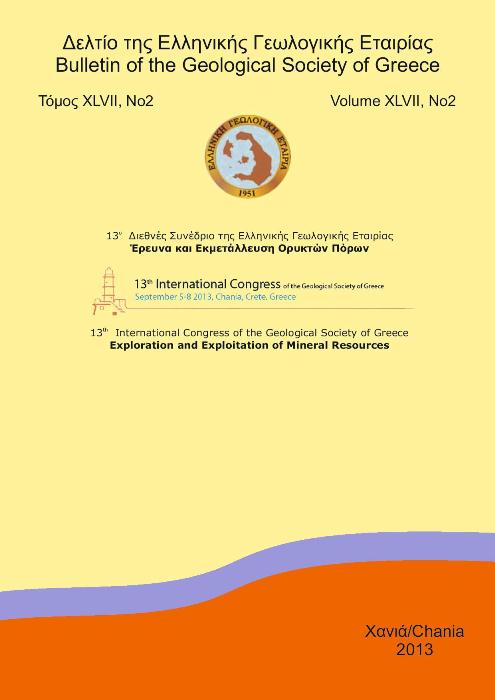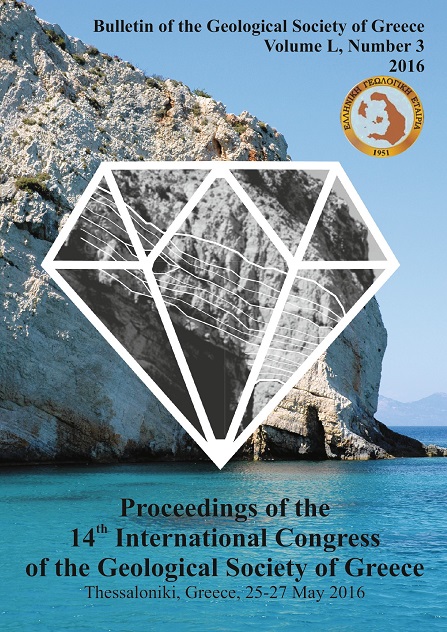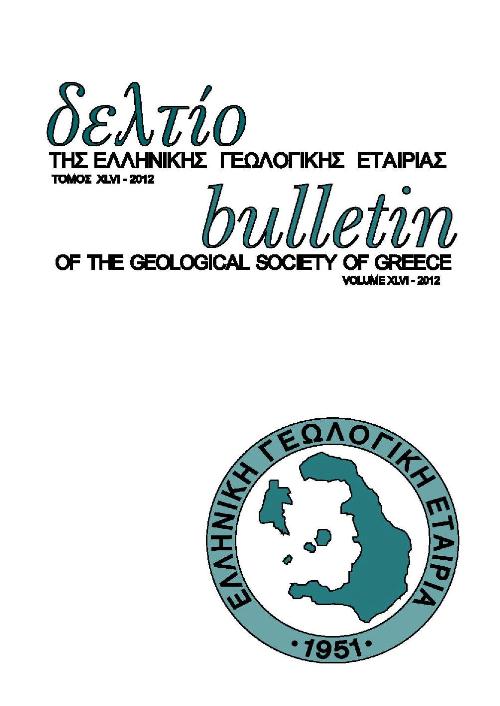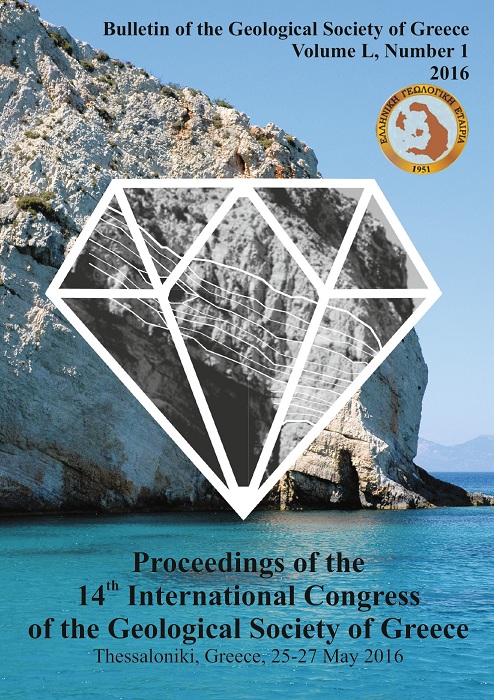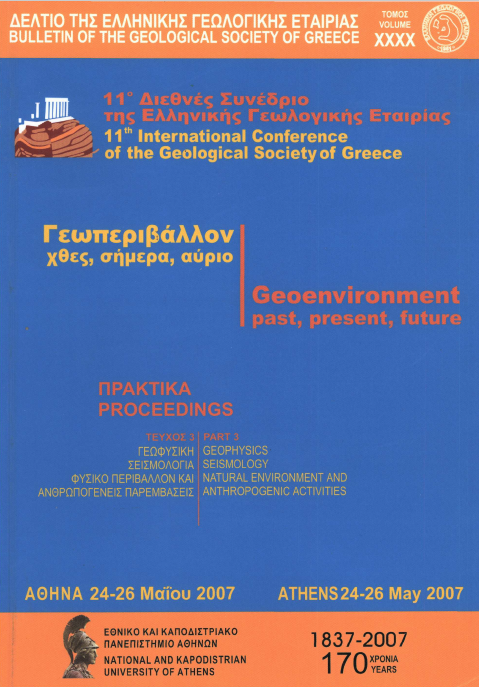Ground deformation measurements over Lake Trichonis based on SAR interferometry.

Περίληψη
Ο σκοπός της παρούσας μελέτης είναι o εντοπισμός της παραμόρφωση του εδάφους στην ευρύτερη περιοχή της Λίμνης Τριχωνίδας (Δυτική Ελλάδα), εστιάζοντας κυρίως στο σεισμικό φαινόμενο του Απριλίου 2007 με την σμήνοσειρά σεισμών που σημειώθηκε στην περιοχή της λίμνης. Η περιοχή συνιστά μία pull-apart λεκάνη, η οποία παρουσιάζει γενικότερα μία έντονη σεισμική δραστηριότητα λόγο των δύο ενεργών ρηγμάτων κατά μήκος του βόρειου και νότιου περιθωρίου της. Η σμηνοσειρά ξεκίνησε με μικρού μεγέθους σεισμούς, στις 9 Απριλίου 2007 ενώ ακλούθησαν τρία ισχυρότερα σεισμικά γεγονότα στις 10 Απριλίου 2007, με μεγέθη που κυμαίνονται από 5,0 έως 5,2 Mw, τα οποία και αποτέλεσαν τα μεγαλύτερα ολόκληρης της ακολουθίας. Η σεισμική δραστηριότητα συνεχίστηκε για περισσότερο από ένα μήνα με μικρότερα σεισμικά γεγονότα. Βάσει των σεισμολογικών δεδομένων οριοθετήθηκαν δύο νέα κανονικά ρήγματα ΒΔ-ΝΑ διεύθυνσης κατά μήκος της νοτιοανατολικής όχθης της λίμνης. Χρησιμοποιώντας ένα σύνολο 28 εικόνων Ραντάρ, του δορυφόρου ENVISAT για την περίοδο από το Φεβρουάριο του 2003 μέχρι τον Φεβρουάριο του 2010 εφαρμόστηκε η τεχνική της διαφορικής συμβολομετρίας και πιο συγκεκριμένα διαφορετικές τεχνικές σώρευσης συμβολογραφημάτων με σκοπό την ανίχνευση και χαρτογράφηση των παραμορφώσεων του εδάφους που προκλήθηκε από την «σμηνοσειρά σεισμών». Σύμφωνα με τα αποτελέσματά των συγκεκριμένων τεχνικών αποδεικνύεται ότι η περιοχή παρουσιάζει εντελώς διαφορετικό καθεστώς εδαφικής παραμόρφωση κατά τη διάρκεια της προ-σεισμικής και μετα-σεισμικής περιόδου σε σχέση με την συν-σεισμική.
Λεπτομέρειες άρθρου
- Πώς να δημιουργήσετε Αναφορές
-
Benekos, G., Parcharidis, I., Foumelis, M., & Ganas, A. (2013). Ground deformation measurements over Lake Trichonis based on SAR interferometry. Δελτίο της Ελληνικής Γεωλογικής Εταιρείας, 47(3), 1071–1080. https://doi.org/10.12681/bgsg.10951
- Ενότητα
- Άρθρα

Αυτή η εργασία είναι αδειοδοτημένη υπό το CC Αναφορά Δημιουργού – Μη Εμπορική Χρήση 4.0.
Οι συγγραφείς θα πρέπει να είναι σύμφωνοι με τα παρακάτω: Οι συγγραφείς των άρθρων που δημοσιεύονται στο περιοδικό διατηρούν τα δικαιώματα πνευματικής ιδιοκτησίας επί των άρθρων τους, δίνοντας στο περιοδικό το δικαίωμα της πρώτης δημοσίευσης. Άρθρα που δημοσιεύονται στο περιοδικό διατίθενται με άδεια Creative Commons 4.0 Non Commercial και σύμφωνα με την οποία μπορούν να χρησιμοποιούνται ελεύθερα, με αναφορά στο/στη συγγραφέα και στην πρώτη δημοσίευση για μη κερδοσκοπικούς σκοπούς. Οι συγγραφείς μπορούν να: Μοιραστούν — αντιγράψουν και αναδιανέμουν το υλικό με κάθε μέσο και τρόπο, Προσαρμόσουν — αναμείξουν, τροποποιήσουν και δημιουργήσουν πάνω στο υλικό.



